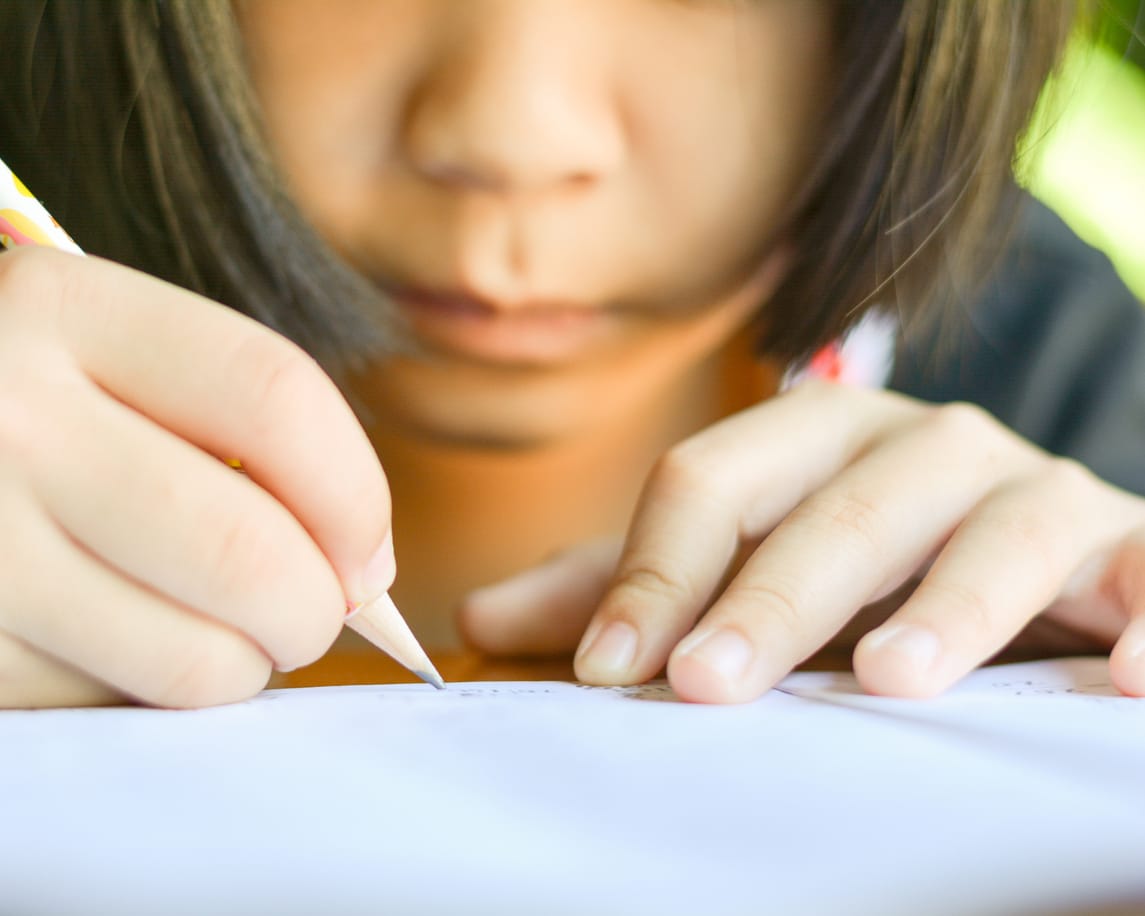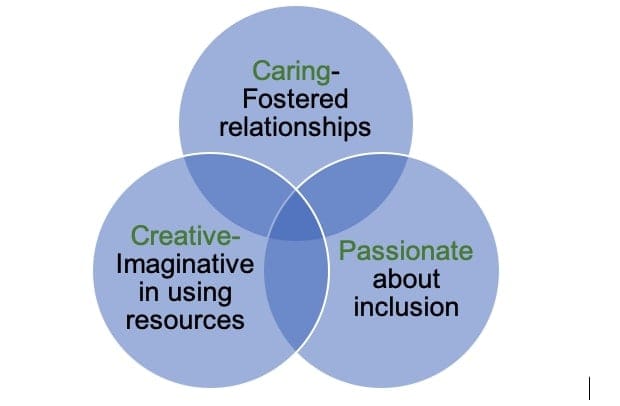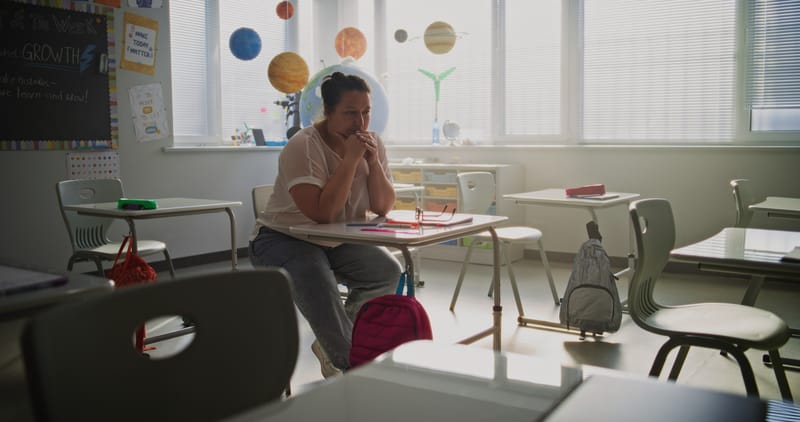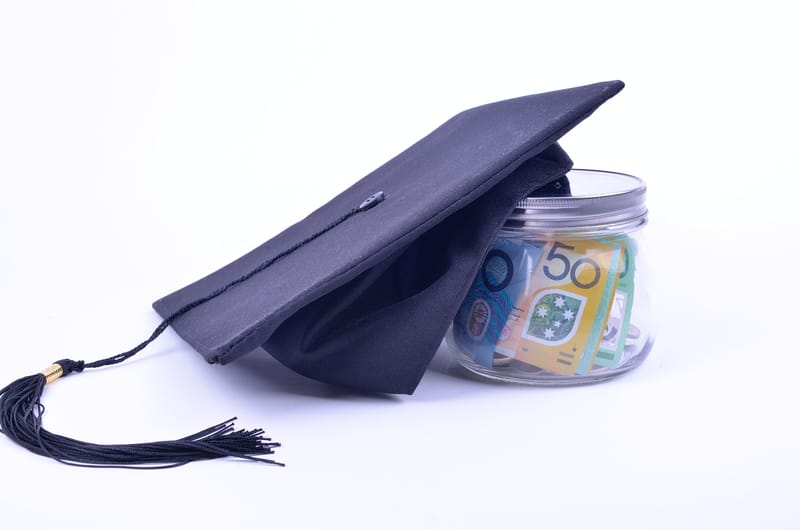
As the pandemic took its toll on nations around the globe, educators looked for novel ways to engage their students, both academically and psychologically. It goes without saying that COVID-19 impacted humanity in a physical manner, with some countries recording deaths in the many thousands.
How do we keep school going in a time of such uncertainty?
This dilemma is real for any student, but more so for those with additional learning needs. Students with additional needs in mainstream classrooms, especially those with diagnosed disabilities, were accustomed to receiving support from their teacher, and often from a teaching assistant or an educational support officer.
During the pandemic, this form of support was significantly reduced, as many people began to work from home, and there were competing demands on time. The learning programs of students with disabilities had to be supervised and managed by their parents, often with no background information or preparation.
What could parents – and, indeed, teachers – do during this time in order to facilitate learning?
Perhaps the most essential aspect to consider was the students’ well-being and psychological stability. Without this, it’s unlikely any form of learning would have followed, or would have had any positive impact on student outcomes.
Here, we outline some of the strategies utilised by educators from three countries, aligning with an online symposium held earlier this year, to acknowledge the work of teachers under challenging circumstances.
All the academics involved in this endeavour recognised that teachers were keen to support their students’ psychological wellbeing rather than push ahead with completing the curriculum. It was certainly a case of “Maslow before Bloom”.
AUSTRALIA
An important element of schooling during the government-imposed lockdowns in Victoria was the need to create communities even in the previously alien online classroom. Developing accessible platforms where students could meet using the available technology became vital in fostering and consolidating social interaction.
Within these communal settings, it was important to acknowledge and celebrate even small milestones so that students felt motivated and aspired to do better.
Without the social support of their peers, many would have experienced disconnection from their school community, resulting in reduced effort and limited output. By bonding students through the involvement of parents and other personalised learning support personnel, classrooms became vibrant online spaces.
Not every day was glamorous, and there were evident challenges. However, the key was to continue nurturing by forging these supportive networks. Education support staff were used creatively in order to facilitate one-on-one teaching and focused conversations with individual students. Perhaps schooling during the pandemic actually created a level playing field for every student, since they were all behind screens, and felt the impact of being detached from their peers and their teachers.

BRUNEI
Our colleague, Dr Siti Norhedayah Abdul Latif, from the Universiti Brunei Darussalam, shared her ideas on how online learning guidelines were developed for students with additional learning needs.
She reflected on the development of a school operation protocol matrix (SOPM) as a specific guideline to facilitate the learning programs of students with additional learning needs. This matrix proved fundamental to educational implementation during the pandemic, and ensured a degree of equity for students with disabilities interacting in the online learning spaces.
Schooling was reduced to four days per week, allowing a more intensive focus, and affording students and teachers appropriate recovery time. The return to school was gradual, as the psychological needs of students became paramount, rather than strictly meeting the academic outcomes.
Individual education plans were adapted to suit online delivery, and additional online and home learning packages were developed to assist parents, who became surrogate teachers during online schooling. This ensured a degree of continuity.
A school-based team (SBT) was created, comprising the parent, principal, and the special education teacher, which facilitated the delivery of content in the online learning space.
Training was provided by the special education unit at the Brunei Darussalam Teacher Academy, covering topics such as using the appropriate technology, and ensuring some cohesion between classroom and online learning.
Read more: Educational leadership and COVID-19: ASEAN reflections on continuity, community and innovation
Among the lessons learnt from the pandemic are that none of us should become complacent, as a return to online learning could come at any time.
Moreover, the creative methods used by teachers during this period were inspirational. In the future, it’s anticipated teachers could be trained on how to use assistive technologies to facilitate online learning and teaching more effectively.
It was heartening to see that parents were highly engaged with the learning process for children with additional needs, and were keen to support them as best they could on the home front.
Ultimately, this improved parent-teacher relationships, which in turn had positive consequences for the educational programming of students with additional learning needs.

VIETNAM
Professor Tuan Huynh, from the Vietnam National University, highlighted the provisions implemented in his country regarding the learning programs of those with additional learning needs.
He acknowledged the vulnerability of students with disabilities, and of minority ethnic groups, as they faced the online learning and teaching challenges. This was exacerbated by geographical location and economic disadvantage, as many students live in mountainous regions, and were separated from urban schooling.
About 7.8% – eight million people – of the Vietnamese population have diagnosed disabilities. Children with disabilities are free to attend mainstream schools thanks to laws passed in 1997, which give equal access to education for all students.
Philosophically, Vietnam embraces inclusive education – several elements of the curriculum and of physical schools have been adapted to accommodate students with disabilities.
Vietnam is often acknowledged to be a foreigner in regard to inclusive education in the ASEAN region. In reality, as in most settings in the region, it’s a challenge to equitably accommodate students with disabilities.
There needs to be a focus on improving education policy, and a rethinking of fundamental infrastructure to provide equitable schooling opportunities for students with disabilities and additional learning needs.
During remote learning, there were fears that online schooling would result in marginalisation of children with disabilities. They appeared to face varying levels of disadvantage, most aligned with social descriptions and reactions regarding disability.
Moving forward, there needs to be a focus on improving education policy, and a rethinking of fundamental infrastructure to provide equitable schooling opportunities for students with disabilities and additional learning needs.
Nationwide research is needed to drive these opportunities, and educational programming should ensure there are attitudinal society shifts in relation to disability. Enhanced awareness, and a more inclusive society that moves beyond empathy and philanthropy, is integral to equitable practices.
The challenge remains
Inclusive education remains a challenge – we’ve realised it’s not a destination, but a journey. It’s the process that matters, as we equip, empower and enable our students, regardless of ability or disability, to find their places in the world.
Throughout these difficult times, our focus was certainly on psychological needs rather than academic outcomes.
It was a case of Maslow before Bloom.





